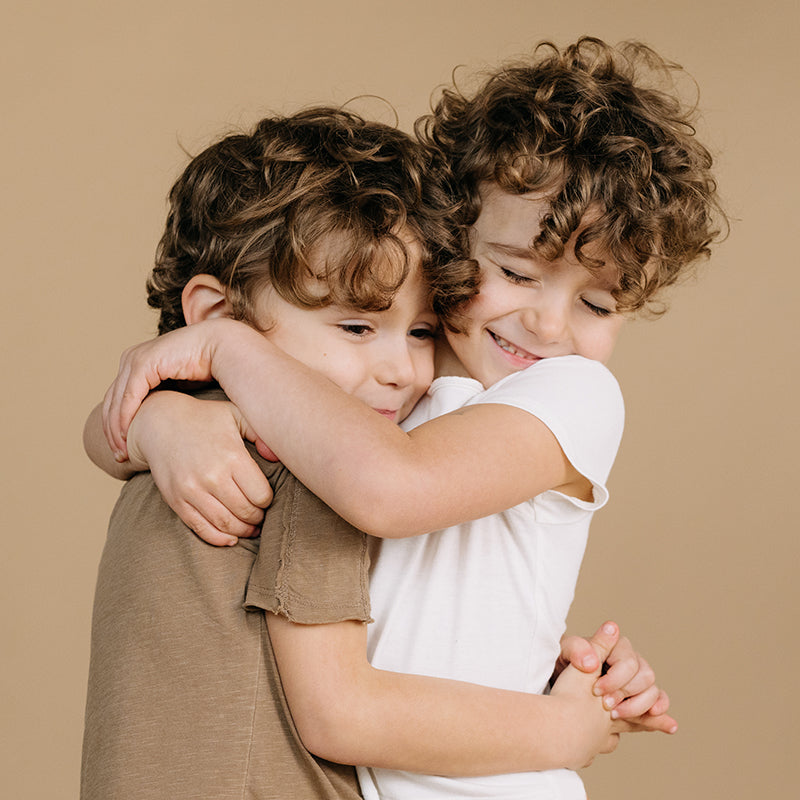It can be challenging when your child comes home and shares a situation or event that made them uncomfortable. For example, your child might have a classmate that is a hugger, but your child doesn’t like to be hugged by non-caregivers. Before you jump into rescue mode, try these tips to encourage stronger boundary setting with your child.
Get to the Heart of the Issue
Ask your child to explain the situation and how they felt in that moment. Offering children the space to reflect and problem solve helps them to trust their inner voice when things feel uncomfortable.
Magic Wand
In solution-focused therapy, a common intervention is called the Miracle Question or Magic Wand Question. This intervention asks: What if everything had gone the way you liked? What would that look like? These questions can help children reframe the situation and can encourage them to find a new perspective. In the hugging situation, your child might say something like, “I wish they had asked me first” or “I like high fives better than hugs.”
Clear and Concise Wording
After your child has figured out what a best case scenario would have been, you can help them clearly communicate this boundary in the future. For example: “I am not a fan of hugs, but I really love high fives and fist bumps,” or, “Please ask me before hugging me.”
Don’t Shy Away from Consent
"No means no" has become a cliche, but the premise is still very needed. One alternative for children is "No means stop and back away." Explaining this to young children can be simple. If someone says NO, that means they are not happy with what is happening. Stopping immediately and offering the other person physical space can help the person who said no feel safe and cared for.
Supporting your child in setting and maintaining their personal boundaries can help them build stronger relationships now and in the future. While this is not an exhaustive list, these four tips are great jumping off points. Stay tuned for more great social skills tips!
Free U.S. Shipping On Orders Over $75
Free U.S. Shipping On Orders Over $75







